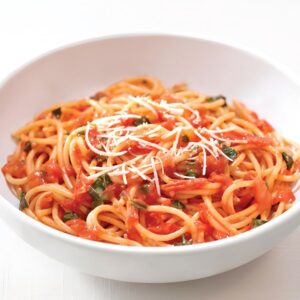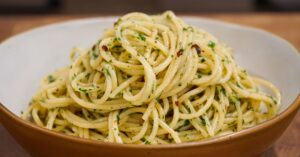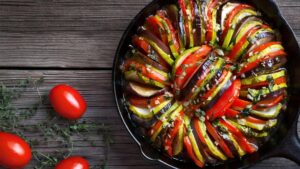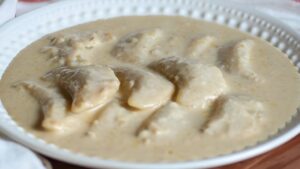Delicious Alfredo Pasta Recipe
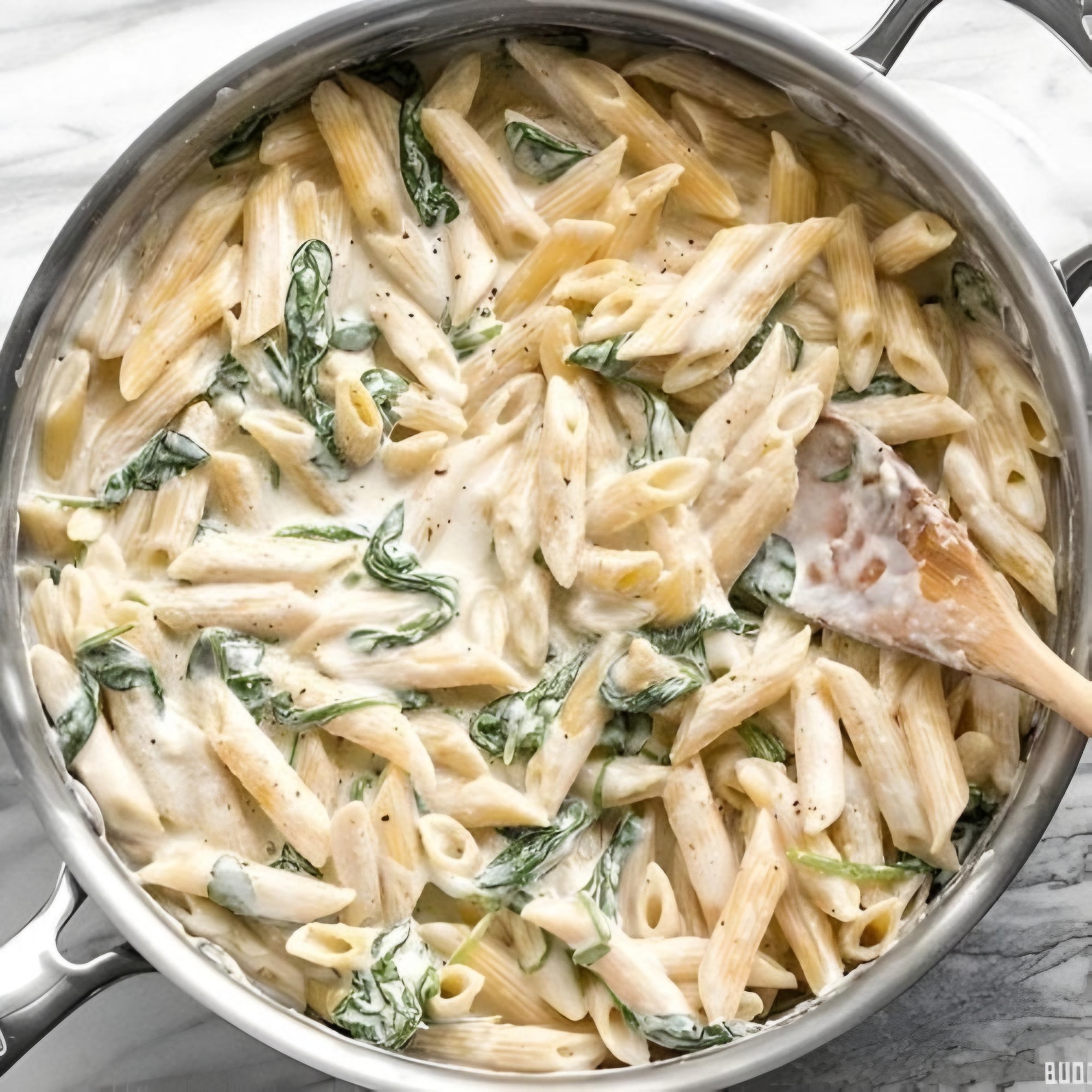
Alfredo pasta Introduction:
Fettuccine Alfredo is a timeless Italian dish that has captured the hearts and taste buds of pasta lovers around the world. This creamy, indulgent pasta dish is a testament to the beauty of simplicity in Italian cuisine. With just a handful of high-quality ingredients, Fettuccine Alfredo delivers a rich, satisfying flavor that is sure to impress even the most discerning palate.
The origins of Fettuccine Alfredo can be traced back to early 20th-century Rome, where it was created by Alfredo di Lelio. The story goes that Alfredo’s wife, Ines, was suffering from morning sickness during her pregnancy and had lost her appetite. In an effort to entice her to eat, Alfredo prepared a simple pasta dish with butter and Parmesan cheese. The dish was a success, and Ines regained her appetite. Alfredo went on to serve this dish at his restaurant, Alfredo alla Scrofa, where it gained popularity among locals and tourists alike.
Alfredo pasta Ingredients:
The beauty of Fettuccine Alfredo lies in its simplicity. The dish requires only a few key ingredients, each of which plays a crucial role in creating the perfect balance of flavors and textures.
- Fresh pasta: The foundation of any great Fettuccine Alfredo is the pasta itself. While dried pasta can be used, fresh pasta is the ideal choice. Fresh fettuccine or tagliatelle has a tender, slightly chewy texture that pairs perfectly with the creamy Alfredo sauce. The pasta should be cooked until al dente, which means it is tender but still has a slight bite to it.
- Unsalted butter: Butter is one of the key ingredients in Alfredo sauce. It adds richness and depth of flavor to the dish. Unsalted butter is preferred, as it allows the cook to control the level of saltiness in the final dish.
- Heavy cream: Heavy cream is the backbone of the Alfredo sauce. It provides a smooth, velvety texture that coats the pasta beautifully. The cream also helps to thicken the sauce and bind the ingredients together.
- Fresh grated Parmesan cheese: Parmesan cheese is the star of the show in Fettuccine Alfredo. Freshly grated Parmesan is essential for achieving the best flavor and texture. The cheese adds a nutty, salty flavor that complements the richness of the butter and cream. As the cheese melts into the sauce, it helps to thicken it further, creating a luxurious, creamy consistency.
- Salt and pepper: While simple, salt and pepper play a crucial role in seasoning the dish. They help to balance the flavors and bring out the best in each ingredient.
Alfredo pasta Instructions:
- Begin by cooking the fresh pasta in a large pot of boiling, salted water. The salt in the water helps to season the pasta and enhance its flavor. Cook the pasta until it is al dente, following the package instructions or tasting for doneness. This usually takes between 2-4 minutes for fresh pasta.
- While the pasta is cooking, start preparing the Alfredo sauce. In a large saucepan, melt the unsalted butter over medium heat. The butter should be melted slowly to prevent it from burning or browning, which would alter the flavor of the final dish.
- Once the butter has melted, add the heavy cream to the saucepan. Stir the mixture gently, allowing the cream to warm through and combine with the melted butter. As the cream heats up, it will begin to thicken slightly.
- Gradually add the freshly grated Parmesan cheese to the butter and cream mixture. Stir continuously to ensure the cheese melts evenly and incorporates smoothly into the sauce. The Parmesan will further thicken the sauce and add its distinctive nutty, salty flavor.
- Season the Alfredo sauce with salt and pepper to taste. Be mindful when adding salt, as the Parmesan cheese already contributes a salty flavor to the dish. Taste the sauce and adjust the seasoning as needed.
- Once the pasta is cooked and the Alfredo sauce is ready, it’s time to combine the two. Drain the cooked pasta, reserving a small amount of the pasta cooking water. The starchy pasta water can be used to thin the sauce if needed and help it adhere better to the pasta.
- Add the cooked pasta to the saucepan with the Alfredo sauce. Toss the pasta gently, ensuring that each strand is well-coated with the creamy sauce. If the sauce seems too thick, add a small amount of the reserved pasta water to loosen it up.
- Serve the Fettuccine Alfredo hot, directly from the saucepan. If desired, garnish with additional freshly grated Parmesan cheese and a sprinkle of freshly chopped parsley. The parsley adds a pop of color and a fresh, herbaceous note to the dish.
Alfredo pasta Serving Suggestions:
Fettuccine Alfredo is a versatile dish that can be enjoyed on its own or paired with various accompaniments. Here are a few serving suggestions to elevate your Fettuccine Alfredo experience:
- Grilled chicken or shrimp: Add some protein to your Fettuccine Alfredo by topping it with grilled chicken or sautéed shrimp. The mild flavor of chicken or the slightly sweet taste of shrimp pairs well with the creamy sauce.
- Steamed vegetables: Serve your Fettuccine Alfredo with a side of steamed vegetables, such as broccoli, asparagus, or green beans. The vegetables add a pop of color and a healthful element to the dish.
- Garlic bread: Fettuccine Alfredo is practically begging to be served with a side of warm, crispy garlic bread. The bread is perfect for sopping up any leftover sauce on your plate.
- White wine: A crisp, dry white wine, such as Pinot Grigio or Sauvignon Blanc, complements the rich, creamy flavors of Fettuccine Alfredo. The acidity in the wine helps to cut through the richness of the sauce and refresh the palate.
Variations:
While classic Fettuccine Alfredo is delicious on its own, there are countless variations and adaptations of the dish. Here are a few ideas to inspire your culinary creativity:
- Vegetable Alfredo: Add sautéed vegetables, such as mushrooms, zucchini, or bell peppers, to your Alfredo sauce for a healthier twist on the classic dish.
- Cajun Alfredo: Give your Fettuccine Alfredo a spicy kick by seasoning it with Cajun spices, such as paprika, cayenne pepper, and garlic powder.
- Alfredo lasagna: Layer cooked lasagna noodles with Alfredo sauce, ricotta cheese, and mozzarella for a decadent twist on traditional lasagna.
- Alfredo dip: Serve your Alfredo sauce as a dip alongside breadsticks, crostini, or raw vegetables for a fun and interactive appetizer.
Conclusion:
Fettuccine Alfredo is a classic Italian dish that showcases the beauty of simplicity in cuisine. With just a handful of high-quality ingredients, this pasta dish delivers a rich, creamy flavor that is sure to satisfy any pasta craving. By following the easy instructions and using fresh, quality ingredients, you can create a restaurant-worthy Fettuccine Alfredo in the comfort of your own home.
Whether you enjoy it as a main course or as a side dish, Fettuccine Alfredo is a versatile and beloved pasta that has stood the test of time. Its creamy, indulgent sauce and tender, al dente pasta make it a favorite among both children and adults alike.
So the next time you’re in the mood for a comforting, satisfying meal, give Fettuccine Alfredo a try. With its simple ingredients and easy preparation, it’s a dish that is sure to become a staple in your recipe repertoire. Buon appetito!
Here are some frequently asked questions (FAQs) about Fettuccine Alfredo:
Q: Can I use dried pasta instead of fresh pasta?
A: Yes, you can use dried fettuccine or any other long, flat pasta shape. However, keep in mind that dried pasta may take longer to cook and may have a slightly different texture than fresh pasta.
Q: Can I use salted butter instead of unsalted butter?
A: It’s best to use unsalted butter so that you have better control over the seasoning of the dish. If you only have salted butter, you may want to reduce the amount of added salt to avoid over-seasoning.
Q: Can I substitute half-and-half for heavy cream?
A: While you can use half-and-half, the sauce may not be as rich and creamy as it would be with heavy cream. If you do use half-and-half, you may need to cook the sauce a bit longer to achieve the desired consistency.
Q: Can I use pre-grated Parmesan cheese?
A: For the best flavor and texture, it’s recommended to use freshly grated Parmesan cheese. Pre-grated cheese may contain additives that prevent it from melting smoothly and may compromise the quality of the sauce.
Q: How can I reheat leftover Fettuccine Alfredo?
A: To reheat, place the pasta in a saucepan over low heat. Add a splash of milk or cream to help loosen the sauce and prevent it from drying out. Stir gently until the pasta is heated through.
Q: Can I make Fettuccine Alfredo ahead of time?
A: While Fettuccine Alfredo is best served immediately, you can make the sauce ahead of time. Store the sauce separately from the cooked pasta in an airtight container in the refrigerator for up to 3 days. Reheat the sauce gently before tossing it with freshly cooked pasta.
Q: Can I add vegetables to Fettuccine Alfredo?
A: Yes, you can add vegetables like peas, asparagus, or mushrooms to Fettuccine Alfredo for added flavor and nutrition. Simply sauté the vegetables separately and stir them into the pasta and sauce before serving.
Q: How can I make Fettuccine Alfredo healthier?
A: To make a lighter version of Fettuccine Alfredo, you can use whole wheat pasta, replace some of the heavy cream with low-fat milk, or reduce the amount of butter and cheese used in the sauce. Adding vegetables can also increase the nutritional value of the dish.
Q: What can I serve with Fettuccine Alfredo?
A: Fettuccine Alfredo pairs well with a simple green salad, steamed or roasted vegetables, garlic bread, or grilled chicken or shrimp.
Q: How long does Fettuccine Alfredo last in the refrigerator?
A: Leftover Fettuccine Alfredo can be stored in an airtight container in the refrigerator for up to 3 days. Reheat gently on the stovetop, adding a splash of milk or cream to loosen the sauce, if needed.


